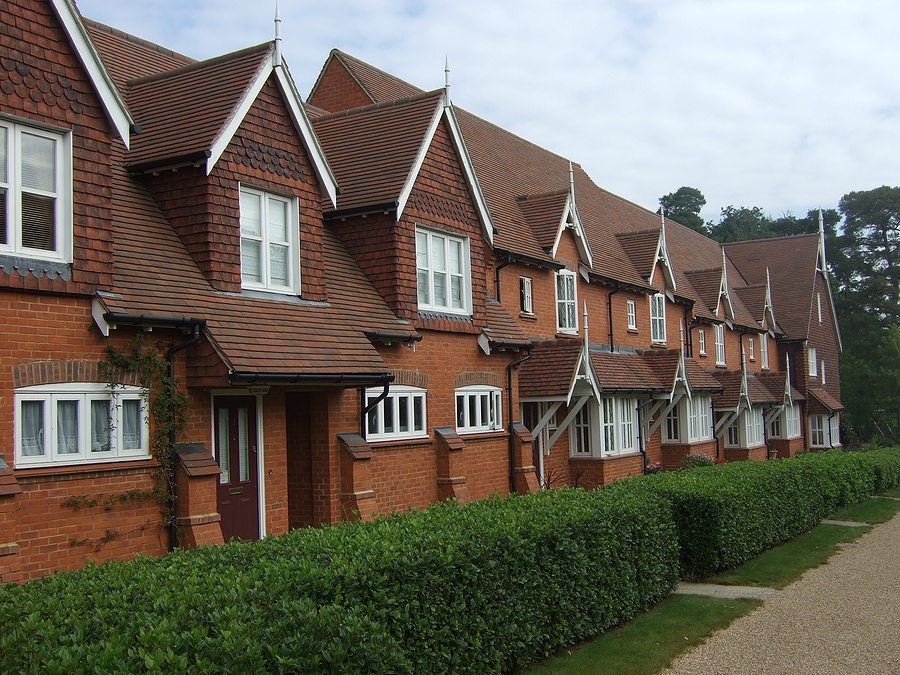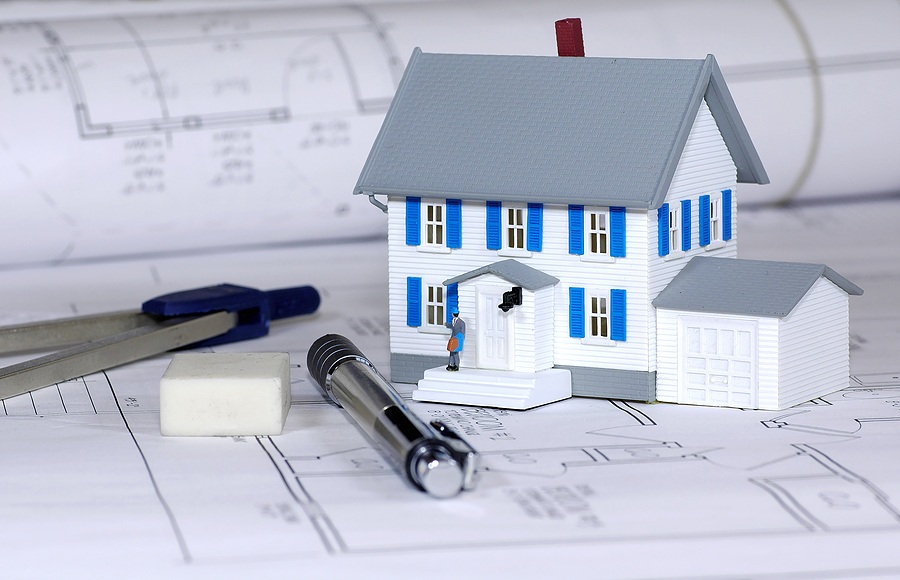Learn about the common causes of boundary disputes between neighbours, such as encroachment and shared driveways, and how our professional surveyors can help resolve them.
Unclear Property Lines
Boundary disputes between neighbours can be quite common, and one of the main causes is uncertainty over property lines. Unlike other parts of property ownership, boundaries can be surprisingly complex, and in many cases, unclear or poorly defined property lines can create confusion and tension between neighbours.
Older properties often have boundaries that were established decades ago, and the original markers may have shifted or disappeared over time. The hedges may have been removed, fences may have been poorly replaced, or natural features such as trees and streams may have altered the landscape. If neighbours rely on these imperfect indicators to define their property lines, it can lead to misunderstandings.
Additionally, title deeds and Land Registry documents don't always provide the clarity homeowners expect. While the Land Registry holds plans for most registered properties, these plans are often drawn to a general scale, and they may not pinpoint your exact boundary lines. Instead, these plans provide an outline that can be left to interpretation. As a result, a homeowner might believe their land extends further than their neighbour agrees, which can cause disputes over everything.
Shared Driveways and Access Routes
Boundary disputes can also occur due to shared driveways and access routes. These areas can create confusion and tension between neighbours if your homeowner rights and property boundaries aren't clearly defined.

One of the main causes of these disputes is uncertainty over ownership and usage rights. In many cases, a shared driveway can be owned by one property, but it may be subject to a legal right-of-way for another.
Alternatively, the land itself may be jointly owned and will need neighbours to cooperate for maintenance services and access. If these arrangements aren't clearly defined in the property deeds or if homeowners misunderstand their rights, it can lead to a boundary dispute.
Parking is another common reason for boundary disputes. If one neighbour parks their vehicle in a way that blocks or restricts access for another, it can cause disagreements and legal disputes.
Similarly, altering the use of the driveway or access route can also cause boundary issues. For example, installing gates, fences, or planters can be seen as obstructing a homeowner's right of way, even if it's done with good intentions, such as improving your security or aesthetics.
Encroachment of Buildings or Extensions
Boundary disputes can arise when one neighbour believes that a building, extension, or other structure has encroached onto their land. Encroachment is when a construction project crosses or infringes upon a boundary line through a physical structure like a wall, fence, or garage, or even overhanging features such as roof eaves or gutters. These disputes can escalate quickly since they directly affect a homeowner's property rights and privacy.
One common cause of encroachment disputes is the construction of home extensions. Since many homes have a limited amount of space, homeowners often look to expand their living area. However, without accurate boundary checks, it's easy for walls or foundations to extend beyond the rightful property line, and even small oversteps can trigger disputes, since neighbours may feel that their land has been overtaken or devalued.
Fences, sheds, and conservatories can also become sources of conflict. A neighbour who installs a fence that goes slightly beyond their boundary might not see an issue, but over time, this can cause another neighbour to lose some of their land. Similarly, if a roof overhangs into a neighbouring property, it can create access and drainage issues.
Misinterpretation of Property Deeds
Boundary disputes between neighbours are often fuelled by confusion over property deeds. While property deeds are meant to clarify the extent of ownership one neighbour has over their land, they can be difficult to interpret, which can lead to disagreements about where one property ends and another begins. This issue is particularly common with older properties since the records may be vague, outdated or inconsistent.

Property deeds typically describe boundaries using written descriptions, measurements, and references to physical landmarks. However, over time, those landmarks may have disappeared or changed; hedgerows may have been removed, streams may have been redirected, or the original boundary markers may no longer exist. As a result, homeowners may misinterpret their property's true boundary lines.
Misinterpretations can also arise when a property deed is written ambiguously. Phrases such as “to the hedge,” “along the wall,” or “up to the stream” may no longer match the current landscape, which can make it difficult to apply the boundary lines accurately. Even small discrepancies in the measurements can create tension, especially in densely populated areas where space is limited.
At Kent Property Witness, we provide expert boundary dispute surveyor services to help homeowners resolve unclear property lines, shared access, or encroachment issues. Our professional surveys, clear reports, and practical advice can help you protect your property rights.

